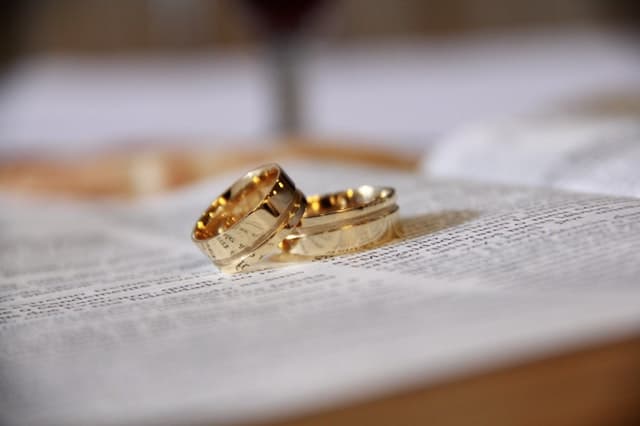Divorce is different for older couples. They must focus on dividing retirement accounts in a divorce instead of college savings plans, explains a recent article from Kiplinger titled “Considering Divorce? Beware of Retirement Account Breakups.” After retirement accounts, the marital home is usually the second largest asset.
Older couples with separate retirement accounts often combine the balances to divide them, along with any other savings accumulated during the couple’s lifetime. However, IRAs, 401(k)s and pensions are complicated financial tools and there are equally complex rules as to how the accounts are divided. Transferring retirement funds to a former spouse can have large tax consequences, if they are not done correctly.
Couples should have their matrimonial attorneys work with an estate planning attorney to protect their retirement funds from any mishaps. A qualified domestic relations order, or QDRO, is needed to transfer a 401(k) or pension rights in a divorce. The QDRO is issued by a court or state agency and recognizes the divorcing spouse’s right to receive all or part of a portion of the account owner’s defined contribution plan or pension.
Dividing assets with a QDRO occurs in two different ways. One awards a separate interest in the account balance, and the second permits the divorcing spouse to share in the payment of benefits. Once an agreement is reached, the account owner gives the document to the plan administrator. Drafting a QDRO can be costly, so it is recommended that the plan administrator be asked to provide model QDRO language to ensure that the document aligns with that particular plan’s requirements.
A 401(k) is easier to divide. Once the couple has negotiated who is getting what, the monies can be transferred to the other spouse’s IRA, with no federal income taxes or penalties. However, if the spouse receiving the money takes the money directly and it does not go by direct transfer, then income taxes will be owed. There won’t be a 10% penalty for early distribution, as long as the QDRO is correctly prepared. Once the money is transferred from one spouse to another’s IRA, then early withdrawals will require the payment of income taxes and a 10% penalty.
Pensions are more complicated. Each employer plan has different rules for dividing up a pension, and an actuary is needed to determine present value of future benefits to ensure a fair distribution. It’s easier to split a pension when the pensioner spouse has already begun taking benefits. In that case, the QDRO can be used to divide payments by a dollar or percentage amount.
There is no need for a QDRO for dividing an IRA. The terms for the division of the accounts must be specified in the divorce or separation agreement, which the account owner must provide to the IRA sponsor. If the money is to be divided with no taxes or penalties, the agreement must specify that a percentage or dollar amount of the account owner’s balance goes to the spouse’s IRA in a direct trustee-to-trustee transfer. The language matters to avoid taxes and penalties.
If the receiving spouse decides to take cash out in the transfer, they will still owe taxes on the withdrawal. If they are younger than 59 ½, they’ll also owe a 10% penalty. In the same way, the account owner who takes money from the IRA to give to a spouse in a divorce will have to pay taxes on the payout and the 10% penalty, if they are under age 59 ½. Avoid mishaps in dividing retirement accounts in divorce and everyone is happier.
Reference: Kiplinger (Jan. 4, 2021) “Considering Divorce? Beware of Retirement Account Breakups”


